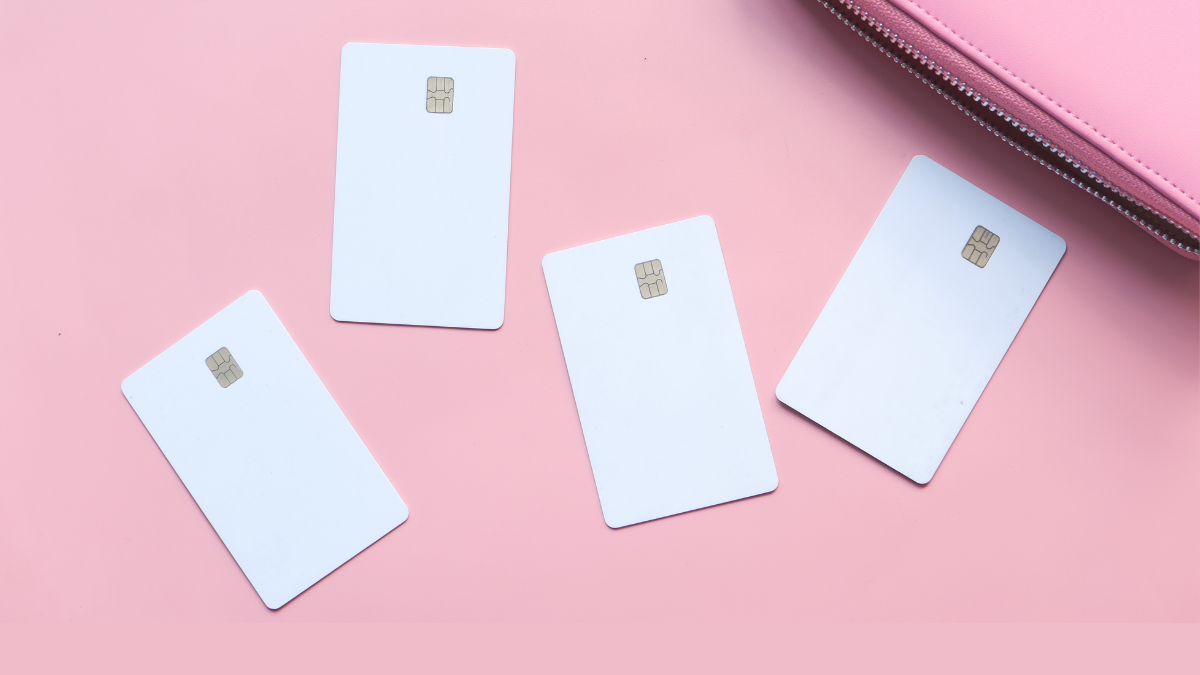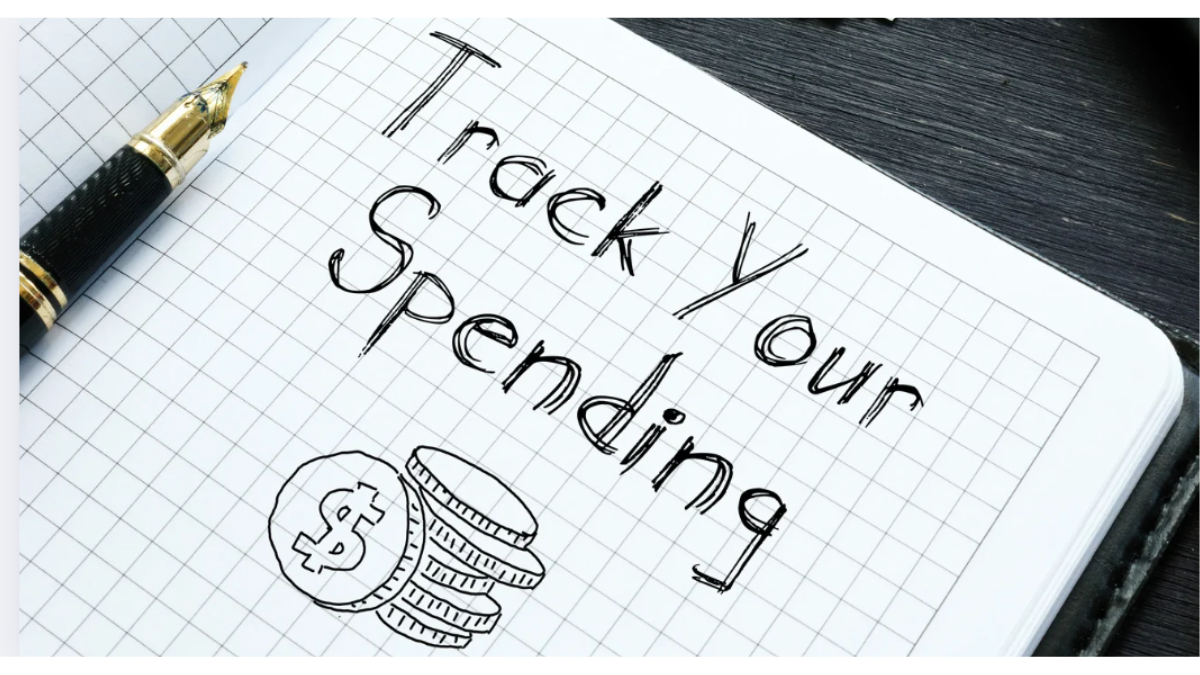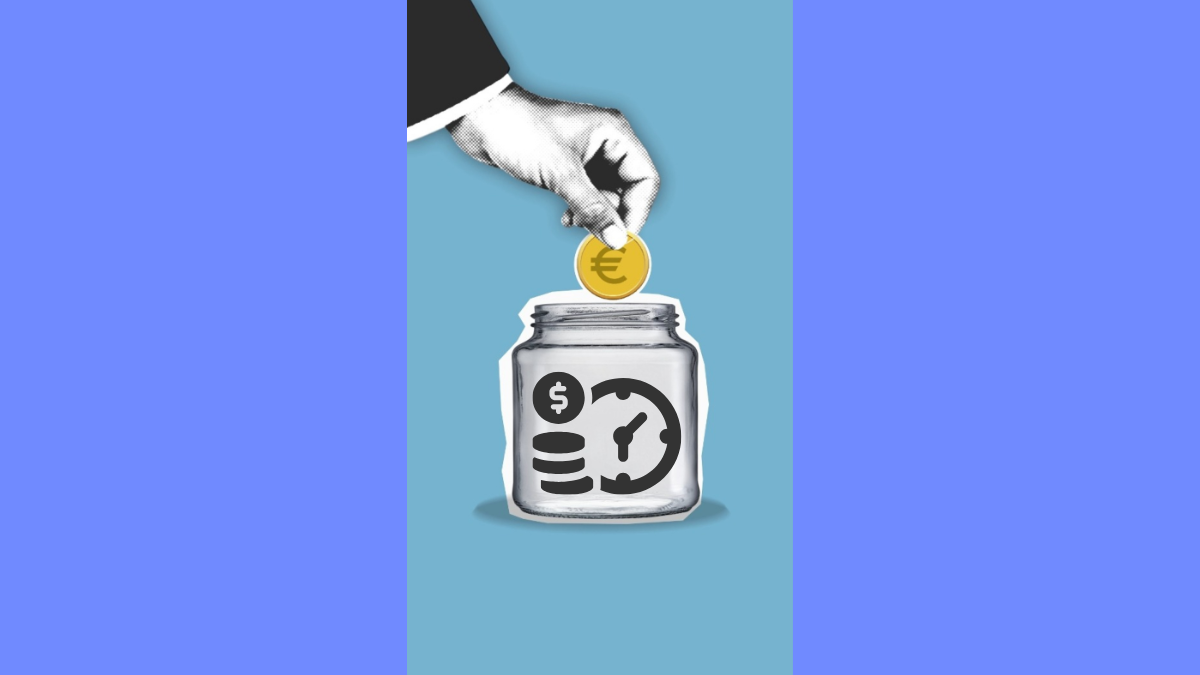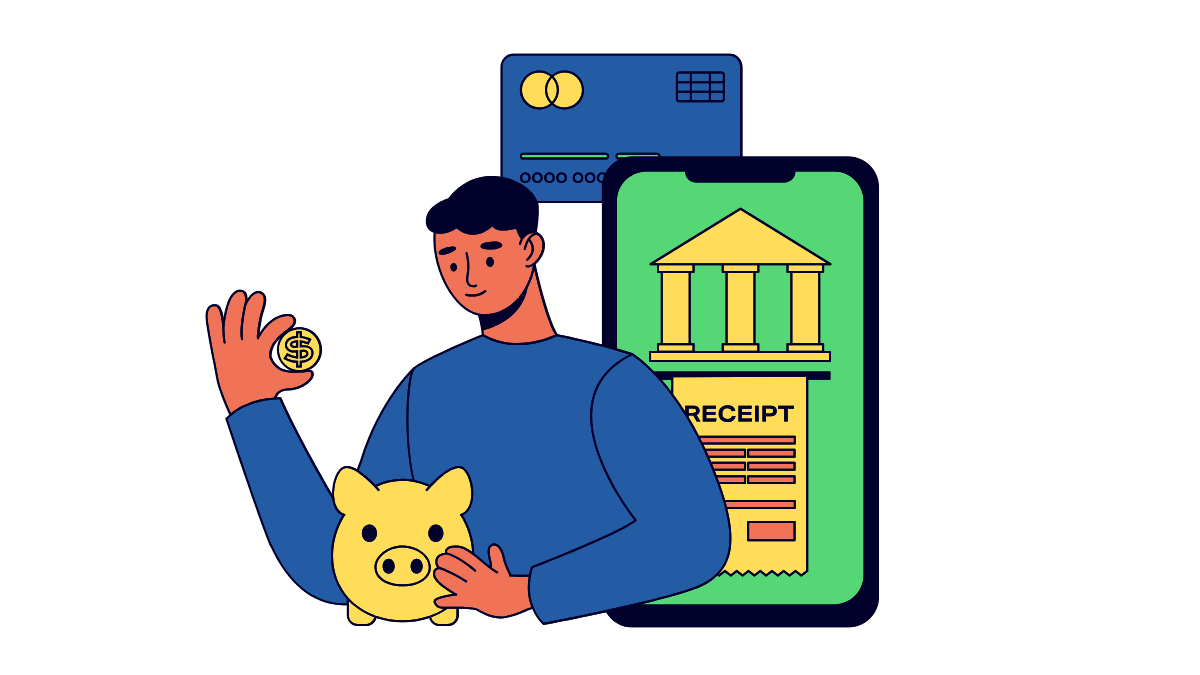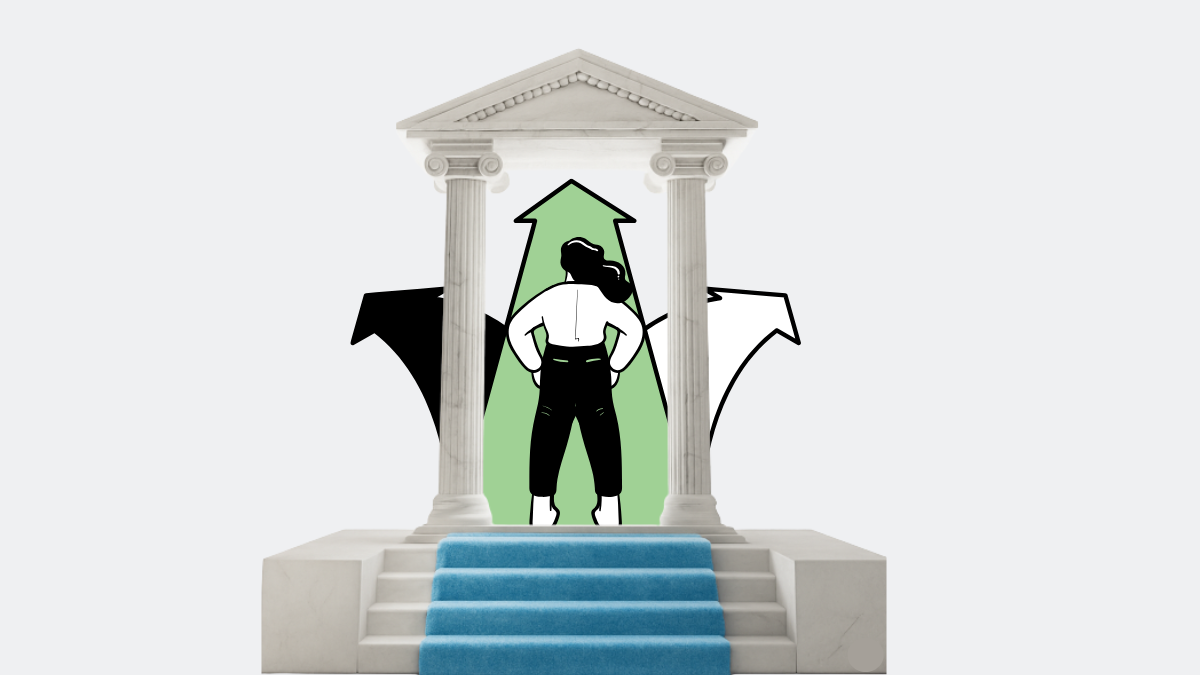What Is an Emergency Fund & Why It’s Important
An emergency fund is a dedicated pool of money set aside to cover unexpected expenses without disrupting your regular budget or forcing you into debt. Think of it as your financial safety net — it’s there to catch you when life throws the unexpected your way.
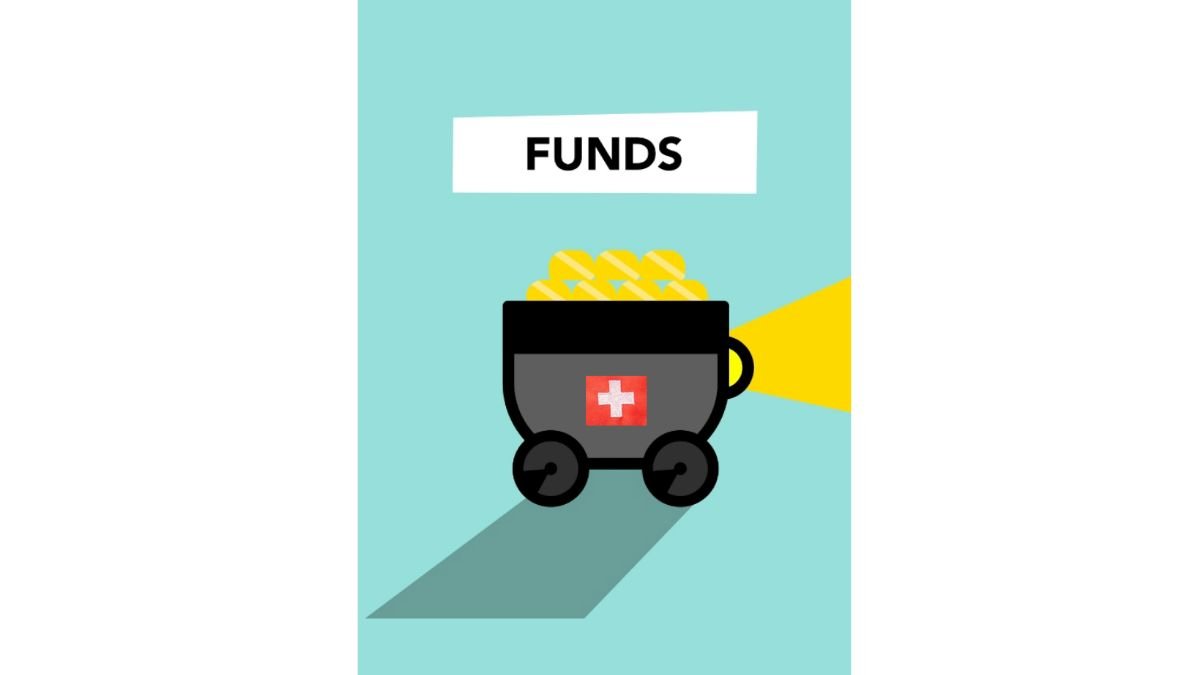
Emergencies can range from small but urgent expenses, like a sudden car repair, to major events like job loss or unexpected medical bills. Without a dedicated fund, these costs often end up on a credit card or loan, which can lead to high-interest debt and long-term financial strain.
Why it matters:- Prevents debt spiral – By having cash available, you avoid relying on credit cards or personal loans.
- Provides peace of mind – Knowing you have a cushion allows you to make calmer, better decisions during stressful times.
- Protects your long-term goals – Without an emergency fund, you might have to dip into retirement savings or investments, disrupting your financial progress.
Calculate Your Essential Monthly Expenses
Your emergency fund should cover only the must-haves, not extras. List out:- Rent or mortgage
- Utilities (electricity, water, internet)
- Groceries
- Transportation (gas, public transit, insurance)
- Insurance premiums (health, auto, home)
- Minimum debt payments
- 3 months: $7,500 (minimum safety net)
- 6 months: $15,000 (strong protection)
| Situation | Recommended Fund | Reason |
|---|---|---|
| Stable job, dual income | 3 months | Lower risk of complete income loss |
| Single income, variable pay | 6 months | More protection if income stops |
| Freelance or self-employed | 6–12 months | Income can fluctuate dramatically |
| High dependents or medical needs | 9–12 months | Greater safety for unexpected costs |
- Build an initial fund of $1,000 — enough for minor emergencies.
- Gradually increase to 1 month, then 3 months, and so on.
Step-by-Step Guide to Building Your Fund
Building an emergency fund doesn’t happen overnight — but with a structured approach, you can make steady progress without straining your budget.
Step 1: Set Your TargetDecide whether you’re aiming for a starter fund ($1,000) or your full goal (3–6+ months of expenses). Having a clear number helps you measure progress and stay motivated.
Step 2: Open a Separate Savings AccountKeep your emergency fund separate from your checking account so you’re less tempted to spend it.
- Choose a high-yield savings account (HYSA) for better interest earnings.
- Avoid accounts with withdrawal penalties — your fund needs to be accessible.
Treat your emergency fund like a bill you must pay every month.
- Set up automatic transfers from checking to savings right after payday.
- Even $25–$50 per week can add up over time.
Whenever you get bonuses, tax refunds, or side hustle income, put a portion (or all) into your emergency fund before spending it elsewhere.
Step 5: Cut Small Expenses Temporarily For faster progress, identify areas where you can trim spending for a few months:- Cancel unused subscriptions
- Cook at home instead of eating out
- Limit impulse purchases
Check your savings once a month and celebrate milestones. Seeing your fund grow builds momentum and reinforces good habits.
Best Places to Keep Your Emergency Savings
An emergency fund needs to be safe, liquid, and easily accessible — which means it’s not the place for risky investments like stocks or volatile crypto. Instead, choose an account that keeps your money secure while earning some interest.
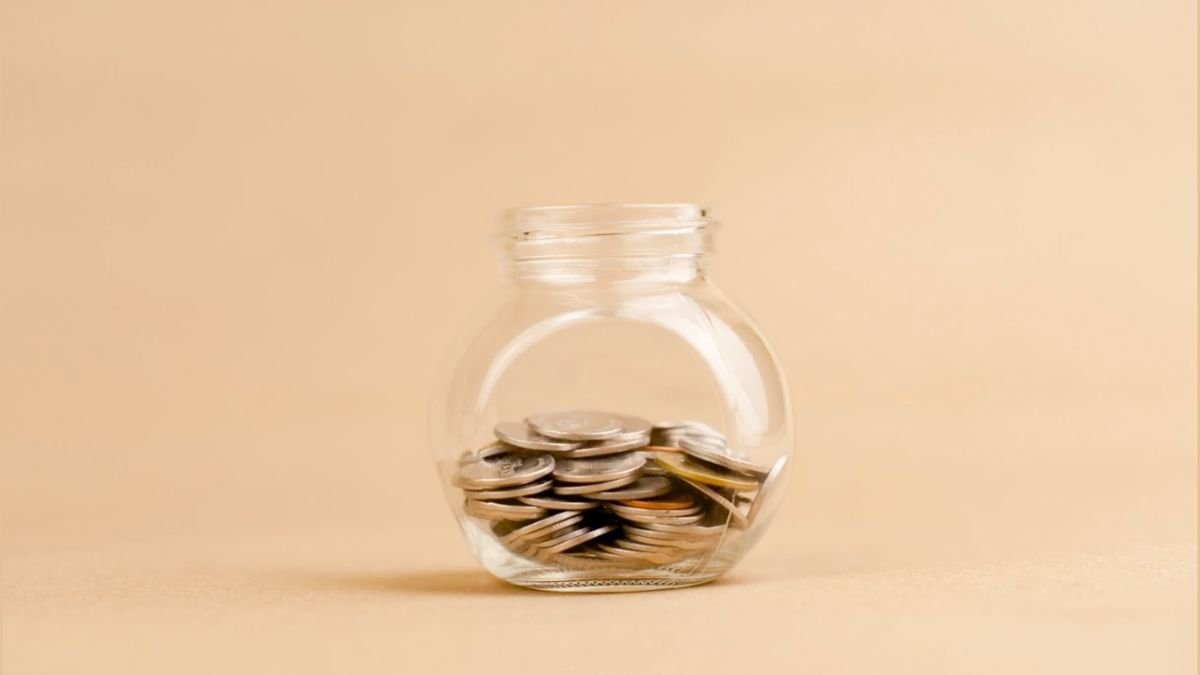
1. High-Yield Savings Account (HYSA)
- Pros: Competitive interest rates (often 4%+ APY), FDIC-insured, quick access.
- Cons: Transfers from online banks may take 1–3 business days.
- Best For: Most people — combines safety, accessibility, and decent growth.
2. Money Market Account (MMA)
- Pros: Higher interest than regular savings, check-writing privileges, FDIC-insured.
- Cons: May require a higher minimum balance.
- Best For: Those who want easy access plus slightly better rates than traditional savings.
3. Short-Term Certificates of Deposit (CDs)
- Pros: Fixed interest rate, FDIC-insured, good for disciplined savers.
- Cons: Early withdrawal penalties; not ideal for urgent same-day access.
- Best For: Part of your emergency fund that you’re unlikely to need immediately.
4. Traditional Savings Account
- Pros: Instant access, no withdrawal limits, available at any bank or credit union.
- Cons: Low interest rates (often under 0.5% APY).
- Best For: A small starter emergency fund or those who prefer brick-and-mortar banking.
Practical Tips to Save Faster
Reaching your emergency fund goal doesn’t have to take years. By combining small adjustments with smart money strategies, you can accelerate your savings without feeling deprived.
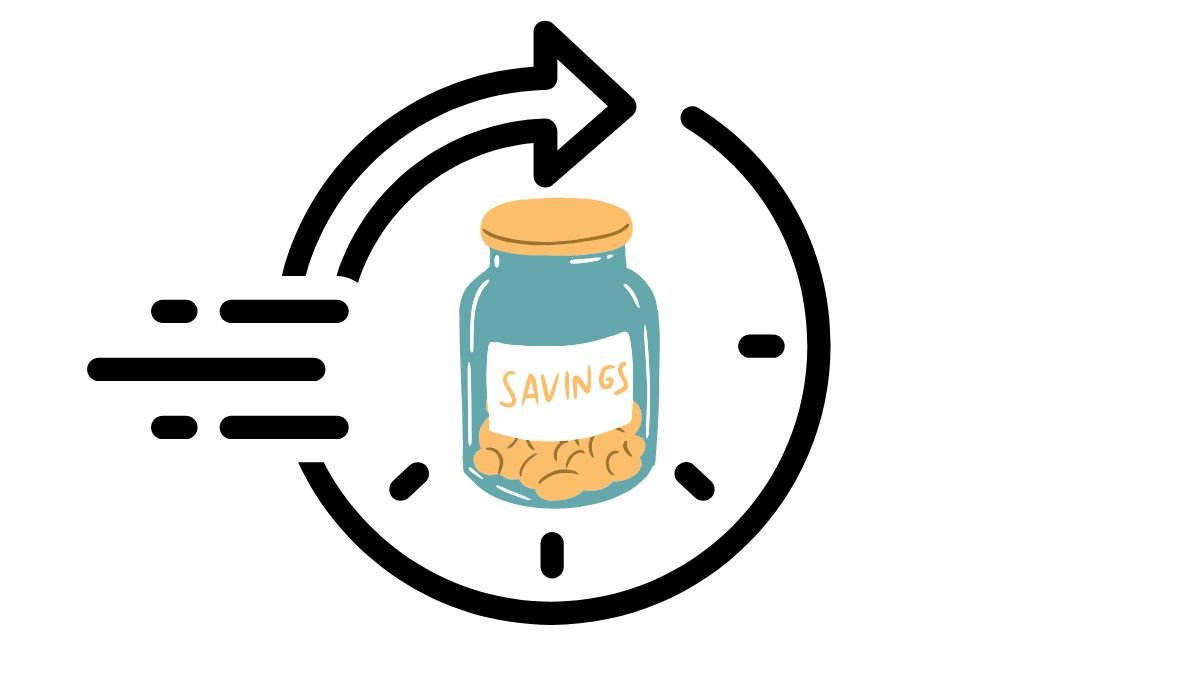
1. Automate Windfalls
Whenever you receive a bonus, tax refund, or gift money, put at least 50–100% directly into your emergency fund before spending it elsewhere.
2. Use a “Round-Up” Savings Tool
Apps and some banks offer purchase round-ups, where each transaction is rounded to the nearest dollar and the difference is saved.
- Spend $3.40 → $0.60 goes into savings
- Over a month, this could mean $20–$50 in extra savings without noticing
3. Temporarily Reduce Discretionary Spending
Identify 1–2 categories you can trim for the next 3–6 months, like:- Dining out
- Streaming services
- Impulse shopping
4. Turn Clutter Into Cash
Sell unused items on Facebook Marketplace, eBay, or local resale apps.
- Old electronics, furniture, and clothes can quickly add $100–$500+ toward your fund.
5. Channel Side Hustle Earnings
If you have a part-time gig or freelance work, dedicate a fixed percentage (say 50%) of that income to your emergency fund.
This keeps your main income free for bills while using extra income for your safety net.
Common Mistakes to Avoid
Building an emergency fund is straightforward, but certain habits can slow your progress or even drain your savings before you truly need it.
1. Keeping It in Your Checking Account
When your emergency fund sits in the same account you use for everyday spending, it’s too easy to dip into it for non-emergencies.
- Fix: Keep it in a separate high-yield savings account for a mental and physical barrier.
2. Using It for “Wants” Instead of True Emergencies
A big sale on a TV or a last-minute vacation doesn’t count as an emergency.
- Fix: Define your emergencies upfront — job loss, medical bills, urgent home or car repairs — and stick to them.
3. Neglecting to Replenish After Use
If you withdraw from your fund, it’s crucial to rebuild it right away.
- Fix: Resume your automatic transfers until the balance is back to your target.
4. Saving Too Much and Neglecting Other Goals
Having 12 months of expenses in cash might feel secure, but that money could be earning more elsewhere.
- Fix: Once you hit your goal, direct extra savings toward investments or debt repayment.
5. Ignoring Inflation
If your fund sits for years without earning interest, inflation erodes its value.
- Fix: Use accounts that earn competitive interest while keeping your money accessible.
When (and How) to Use Your Emergency Fund
Your emergency fund should only be used for true financial emergencies — situations that are urgent, necessary, and unexpected. Using it wisely ensures it’s available when you truly need it.
When to Use It
Ask yourself these three questions before touching your fund: 1. Is it unexpected?- Examples: Sudden job loss, medical emergency, urgent home repair after a storm.
- Not Examples: Annual insurance premiums (should be budgeted), routine car maintenance.
- If skipping the expense would create serious hardship or risk, it qualifies.
- Immediate attention is needed to prevent bigger problems (e.g., fixing a leaking roof before it causes severe water damage).
How to Use It Wisely
- Withdraw only what’s needed — Don’t take more than the actual cost of the emergency.
- Pay from your fund directly — Move the money to your checking account and make the payment promptly.
- Rebuild immediately — Resume regular contributions as soon as possible to restore your safety net.
Protecting Your Financial Future
An emergency fund isn’t just a pile of cash sitting in the bank — it’s peace of mind, financial stability, and the freedom to handle life’s curveballs without panic. Whether you start with $100 or $1,000, what matters most is starting now and building consistently.
Think of it as your first line of defense in your financial plan. Investments grow your wealth, but an emergency fund protects it. Without one, even small unexpected costs can force you into debt, undoing years of financial progress.
The best time to start was yesterday; the second-best time is today.
- Begin with a realistic starter goal.
- Automate your savings so progress is effortless.
- Protect the fund for true emergencies only.
Your future self will thank you.

A government-backed guide on creating and maintaining a safety net.
Learn More

Detailed breakdown of what an emergency fund is, how much to save, and best storage options.
Learn More
